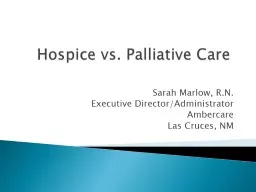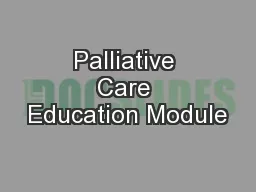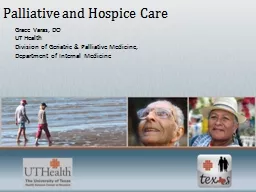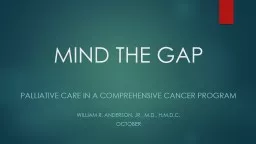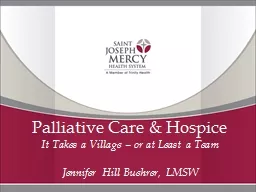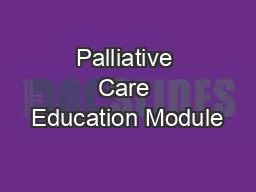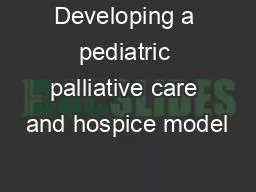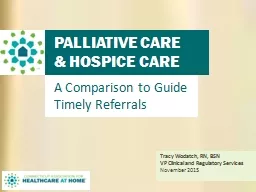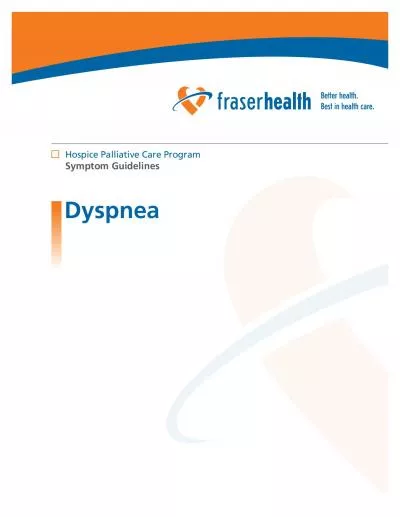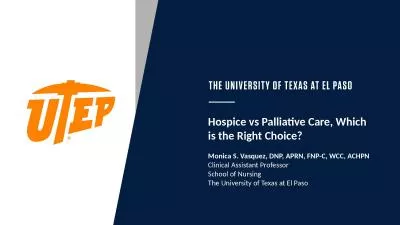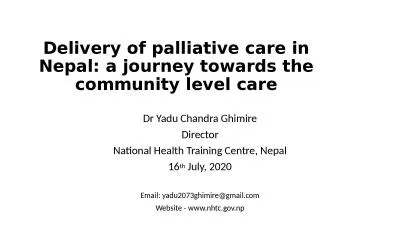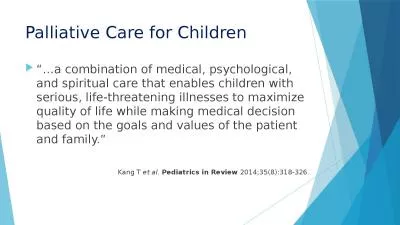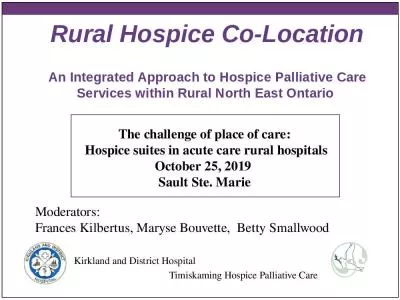PPT-Hospice vs. Palliative Care
Author : ButterflyHeart | Published Date : 2022-07-28
Sarah Marlow RN Executive DirectorAdministrator Ambercare Las Cruces NM This presentation is free of all commercial bias I have no financial relationships or conflicts
Presentation Embed Code
Download Presentation
Download Presentation The PPT/PDF document "Hospice vs. Palliative Care" is the property of its rightful owner. Permission is granted to download and print the materials on this website for personal, non-commercial use only, and to display it on your personal computer provided you do not modify the materials and that you retain all copyright notices contained in the materials. By downloading content from our website, you accept the terms of this agreement.
Hospice vs. Palliative Care: Transcript
Download Rules Of Document
"Hospice vs. Palliative Care"The content belongs to its owner. You may download and print it for personal use, without modification, and keep all copyright notices. By downloading, you agree to these terms.
Related Documents

